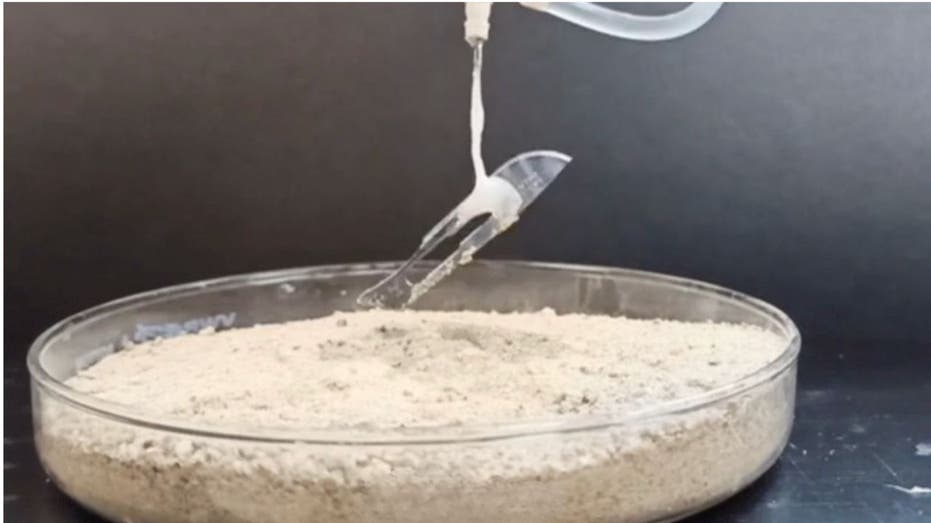In a groundbreaking development that would make even Spider-Man envious, researchers have unveiled an innovative technology that creates powerful, adhesive fibers capable of lifting heavy objects and capturing items from a distance. This fascinating invention blurs the lines between science fiction and reality, paving the way for a future filled with possibilities.
The Science Behind the Web-Slinging Technology
The pioneering researchers at Tufts University have engineered a tangible version of Spider-Man’s iconic web-shooters. This is not just a simple sticky string; it’s a remarkable achievement in biomimicry. The key to this technology lies in a specialized fluid that, when expelled from a needle-like device, instantly transforms into a robust, adhesive fiber. It’s akin to witnessing a magician pull an endless stream of handkerchiefs from their sleeve—except this phenomenon is grounded in scientific ingenuity.
What Makes This Material Unique?
The foundation of this extraordinary material is silk fibroin, a protein sourced from moth cocoons. Researchers enhanced this protein by adding a unique blend of ingredients that would astound even Peter Parker. Among these components are:
- Dopamine: A neurotransmitter that provides a sense of pleasure.
- Acetone: Commonly known for its use in nail polish remover, it plays a pivotal role in this technology.
- Chitosan: A sugar derived from insect exoskeletons, contributing to the material’s unique properties.
- Borate Ions: These ions enhance the adhesive qualities of the fibers.
Impressive Capabilities of the Artificial Webbing
You may be wondering about the practical applications of such a technology. The results are nothing short of astonishing. During testing, this artificial webbing demonstrated the ability to lift objects weighing over 80 times its own weight and to snag items from as far as five inches away. Researchers successfully retrieved a metal scalpel buried in sand and lifted steel bolts and lab tubes floating on water. While it may not yet be ready for Spider-Man-level feats, these accomplishments signify a remarkable step forward in materials technology.
Potential Applications: From Rescue Missions to Medical Innovations
While swinging through the skyscrapers of Manhattan might still be a dream, the implications of this technology are vast. Consider the following potential applications:
- Search and Rescue Operations: Robots equipped with this technology could retrieve items from perilous or inaccessible locations.
- Manufacturing Innovations: This technology could transform material manipulation and creation processes.
- Medical Applications: It holds promise for drug delivery systems and tissue engineering.
- Eco-friendly Alternatives: As a biodegradable material, it could serve as a substitute for harmful plastics in various applications.
A Happy Accident Leads to a Scientific Breakthrough
The inception of this revolutionary technology can be attributed to a serendipitous moment in the laboratory. Marco Lo Presti, one of the researchers, was cleaning his equipment when he noticed a peculiar web-like substance forming at the bottom of his glass while using acetone. This unexpected discovery led to a breakthrough in the development of strong adhesives using silk fibroin, showcasing the unpredictable nature of scientific exploration.
Natural vs. Artificial: A Comparison
While this innovation is impressive, it’s essential to acknowledge that natural spider silk remains the gold standard in silk production, being approximately 1,000 times stronger than its artificial counterpart. However, as the saying goes, “Rome wasn’t built in a day,” and neither was Spider-Man’s web-shooter.
The Future: A Sticky, Stringy Marvel
As science continues to advance, the boundary between fantasy and reality grows ever thinner. Today, we have web-shooters; tomorrow, who knows? Perhaps we’ll see the emergence of technologies inspired by other iconic superheroes. One thing is clear: the future of materials science is looking sticky, stringy, and remarkably exciting.












